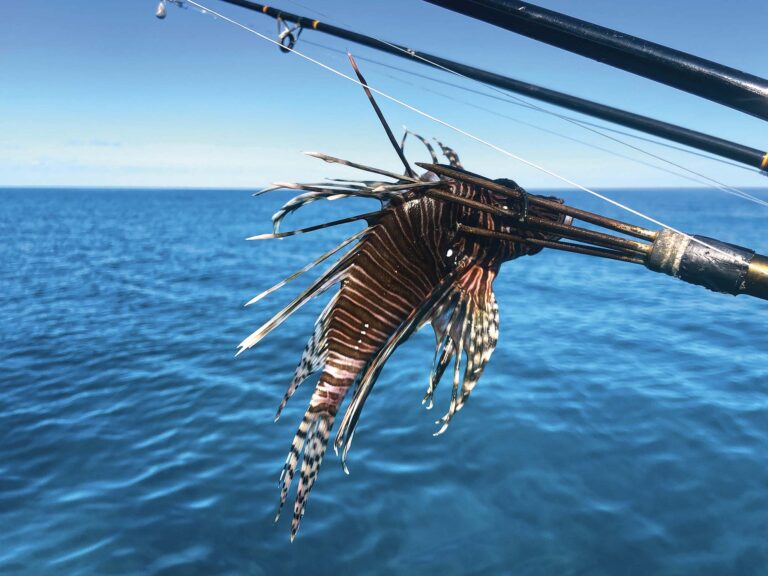
Last weekend I went to a boating swap meet. There were at least 50 sellers trying to get rid of everything nautical, from bent outboard props to darling ceramic figurines of baby elephants on Noah’s ark. Who buys all this junk, anyway?
Well, probably you do, so I’m here to tell you how to get the best of those slippery swap-meet salespeople who are just itching to fleece you for every one of those five-dollar bills hanging out of your pockets.
First of all, you have to understand one thing: these people are all selling junk. If it weren’t for the fact that you are there thinking about actually buying it, they would have had to hire a dumptruck to haul it all away. This would cost them at least $50, so right off the bat, you’re ahead of the game. If they don’t sell this stuff it’s going to cost them $50. Therefore you should never offer more than $50 for any item, including a boat. If they are selling several small items—say an outboard, fishfinder and three left waterskis, never offer them more than $50 for the entire pile.
With these ground rules set, you’re ready to cruise the sale. After you have gotten an idea what is for sale, start to zero in on a few select sellers. It is irrelevant what they are selling—after all, it’s boat stuff. You need it all.
Let’s say you find a fellow selling exactly the anchor you are looking for. Anchors can cost $400 new, and his looks like it has never been in the water. It is important that you only walk by his space once or he will know you’re actually interested in something he has. Scope out his booth from far away, preferably several miles. I always carry a step ladder and a 400-power spotting scope when attending a swap meet.
When you go in for the buy, don’t immediately rush up to your object of desire and yell, “Wow! Just what I‘ve been looking for! How much?” His price will, appropriately, start at approximately 40 percent over retail, which means at best you might be able to bargain him down to 20 percent over. Instead, saunter up to his pile with your hands in your pockets, kick a few items lying in the dirt, nod toward the anchor and mutter, “Looks pretty beat. How much?”
After he goes through the usual schtick about how the anchor is brand-new and cost him several hundred dollars, but that he’ll let you steal it from him for only $350, let out a loud, sarcastic snort and start walking away. Don’t worry—he’ll chase you, and as he grabs your arm and tries to haul you back say calmly, “Look, there’s a guy over there selling the exact same anchor for $25. Why should I buy yours?”
It’s important to add that little, “Why should I buy yours?” This way he will feel challenged and immediately cut the price in half. “Did I say $350? Oh, I thought you wanted this anchor,” he will say pointing to something different. “The one you want is only $200.”
“Still too much,” you say and begin to walk away again.
“But this anchor is brand-new,” he’ll insist as he hauls you back in again like a bluefin tuna. “Tell you what, I’ll let you have it for $150, but only because I like you.” Sure he likes you. He likes anyone with more than 25¢ in their pocket. A little more haggling and you can probably get him down to $100. It’s then the going gets tough because you have the $50 rule.
Now you pull out all the stops, in this case having a friend rush up to where you are haggling, grab your anchor off the pile and excitedly demand, “How much?”
The seller will now totally ignore you and smugly tell your friend, “Well, I was going to sell it to this guy for $350. But I’ll let you have it for $100.”
“Ha!” your friend laughs. “There’s a guy over there selling a whole pile of these for $50. And they’re all brand new!” He then runs off.
As you hand over $30 for the anchor of your dreams, just remember one thing: someday you, too, are going to have to sell the thing, or pay $50 to have it taken to the dump.
October 2019









